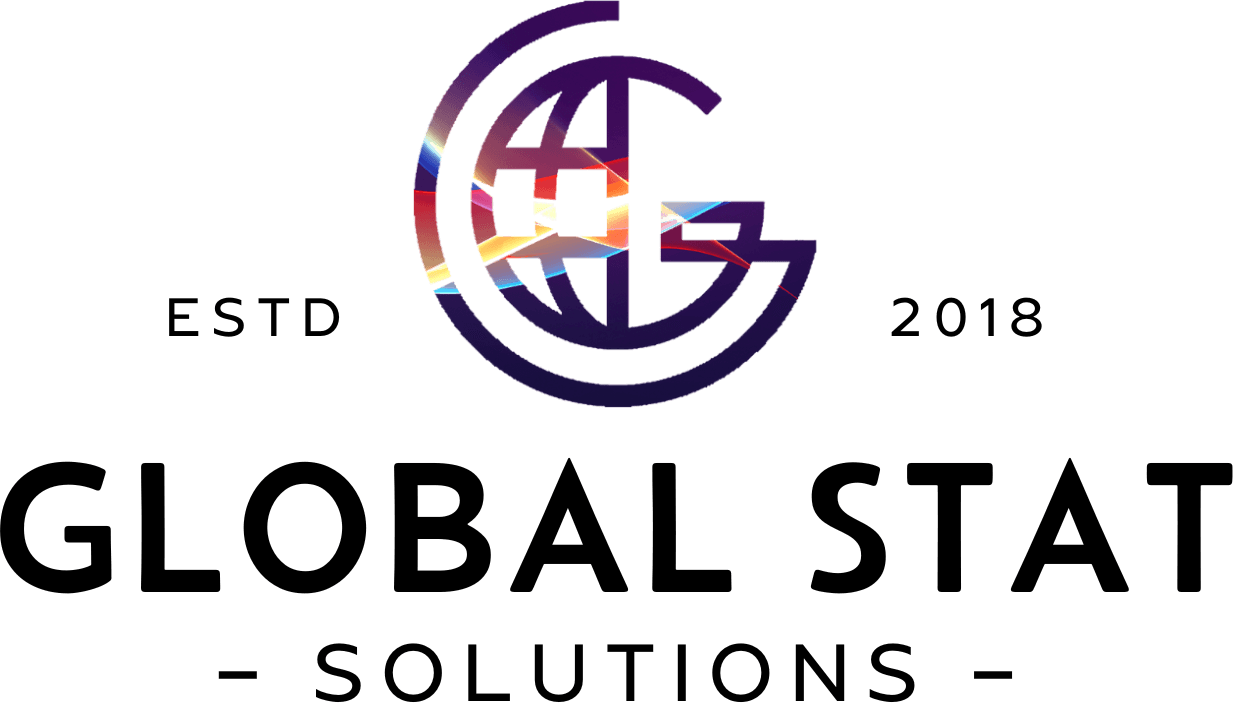Learning a similarity metric discriminatively, with application to face verification
Learning a similarity metric discriminatively, with application to face verification
Learning a similarity metric discriminatively, with application to face verification
Learning a similarity metric discriminatively, with application to face verification
We present a method for training a similarity metric from data. The method can be used for recognition or verification applications where the number of categories is very large and not known during training, and where the number of training samples for a single category is very small. The idea is to learn a function that maps input patterns into a target space such that the L/sub 1/ norm in the target space approximates the "semantic" distance in the input space. The method is applied to a face verification task. The learning process minimizes a discriminative loss function that drives the similarity metric to be small for pairs of faces from the same person, and large for pairs from different persons. The mapping from raw to the target space is a convolutional network whose architecture is designed for robustness to geometric distortions. The system is tested on the Purdue/AR face database which has a very high degree of variability in the pose, lighting, expression, position, and artificial occlusions such as dark glasses and obscuring scarves.
[Sourced via]
We present a method for training a similarity metric from data. The method can be used for recognition or verification applications where the number of categories is very large and not known during training, and where the number of training samples for a single category is very small. The idea is to learn a function that maps input patterns into a target space such that the L/sub 1/ norm in the target space approximates the "semantic" distance in the input space. The method is applied to a face verification task. The learning process minimizes a discriminative loss function that drives the similarity metric to be small for pairs of faces from the same person, and large for pairs from different persons. The mapping from raw to the target space is a convolutional network whose architecture is designed for robustness to geometric distortions. The system is tested on the Purdue/AR face database which has a very high degree of variability in the pose, lighting, expression, position, and artificial occlusions such as dark glasses and obscuring scarves.
[Sourced via]

